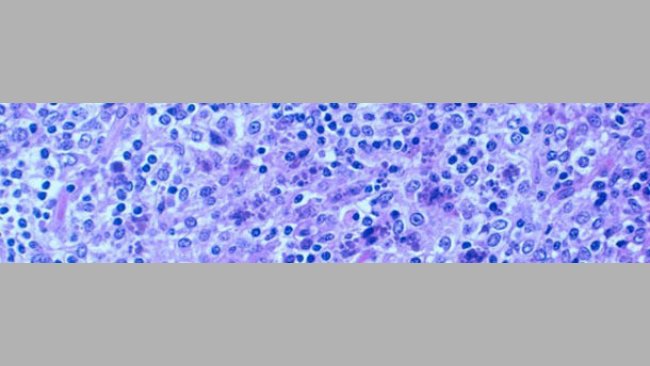
PCV2 and Mycoplasma hyopneumoniae: co-infection and co-vaccination
Experimental Mhyo and PCV2 co-inoculations have resulted in somewhat divergent results.

Experimental Mhyo and PCV2 co-inoculations have resulted in somewhat divergent results.

The PCV2 has been associated, in an ongoing way and throughout time, with more pathologies called, collectively, diseases associated with the PCV2 (PCVDs): PCV2 systemic disease, PCV2 lung disease, PCV2 enteric disease, PCV2 reproductive disease,PCV2 subclinical infection and porcine dermatitis and nephropaty syndrome.

Novelties about the excretion routes, the transmission routes, the risk factors, etc., and explanation about how the PCV2 becomes a pathogenic virus.

The most effective way of avoiding the production losses associated with the PCV2 consists in avoiding the appearance of the viraemia by inducing a passive or an active immunity that minimizes the circulation of the virus in the farm.
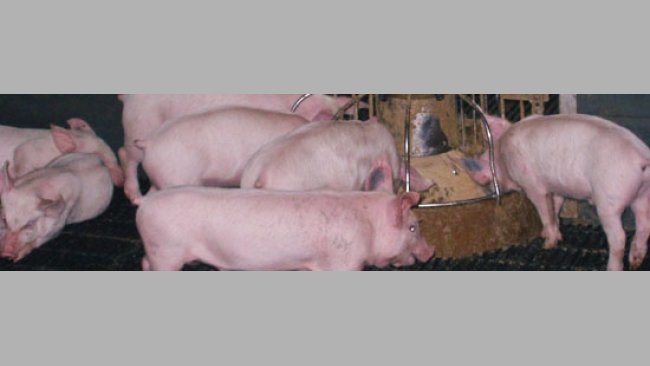
Available data indicate that PCV2 has the ability to modulate the immune response, not only during the obvious overt disease but also in a subclinically infection.

One issue is to overcome maternal immunity, which is true for all PCV2 vaccines in the market, and another is whether the most from these vaccines is achieved independently of the PCV2 antibody titre at vaccination
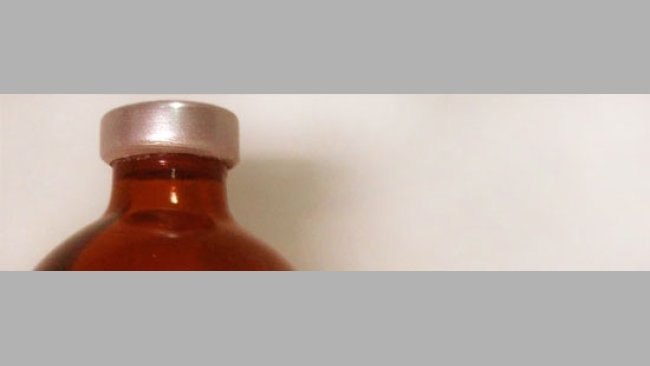
We may have some highly efficient vaccines, but we shouldn’t forget that for their application we must obtain good diagnostic information, and that in all cases we should not lose sight of good management and a good control of the concomitant diseases.
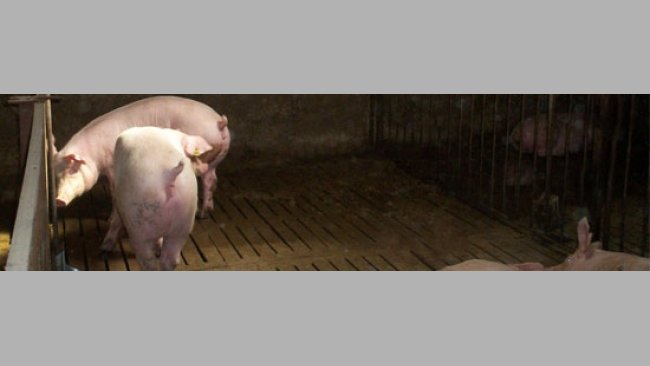
Between 1995 and 1997, at the beginning of an epizootic called “maladie de l’amagrissement du porcelet” (MAP), it was observed that the farms that were most affected and that had the most losses, generally presented obvious deviations from what we would consider to be a suitable management of the animals and facilities. This is why Dr. François Madec made a list of management practices with the aim of improving the anomalous situation observed.
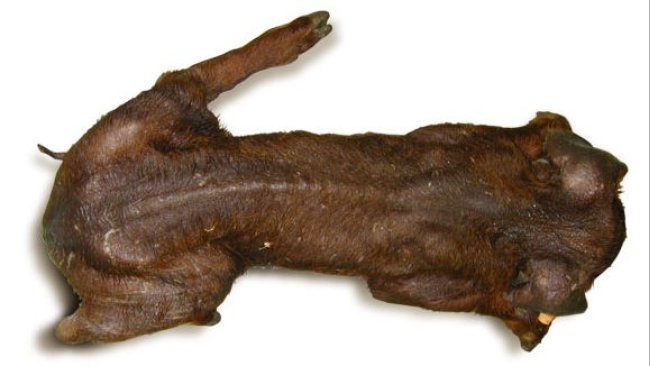
The aim of this article is to discuss those differentiating topics which are relevant from a practical point of view and which in some way elude the disease's definition.
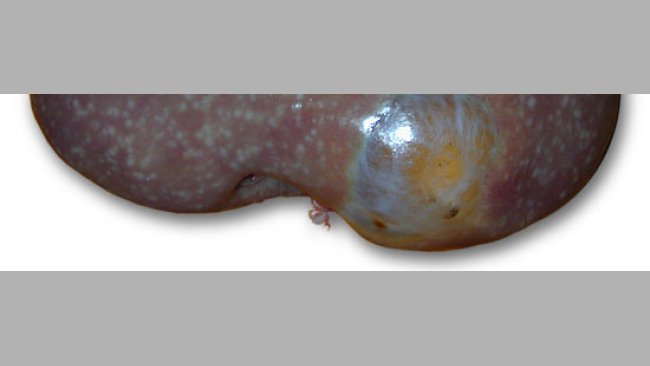
The autopsy is always an important diagnostic element for the majority of diseases, and this is the same for porcine circovirosis.

It is assumed that the most probable route of PCV2 transmission is the oronasal tract, which would indicate that horizontal transmission (sow-piglet or piglet-piglet) is a frequent or very frequent occurence
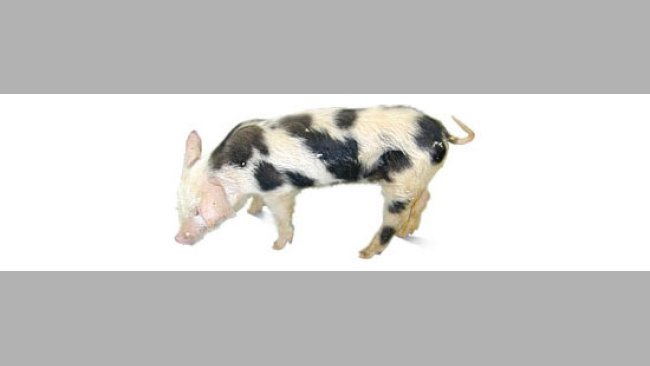
Joaquim Segalés, professor at the Universitat Autònoma de Barcelona and researcher at the Centre de Recerca en Sanitat Animal (CReSA) (research centre for animal health), was one of the first researchers to discover PMWS and PDNS in Spain. He will be in charge of this section where every month articles will be published on the latest themes, especially from a practical point of view. These themes will include etiology, patogenicity, epidemiology, diagnostic, treatment and prevention of porcine circovirus-associated diseases. A possible hypothesis will also be presented on the emergence of porcine circovirus on a worldwide level.
Welcome to 333
Connect, share, and interact with the largest community of professionals in the swine industry.
Celebrating 196311Users on 333!
Sign upAlready a member?